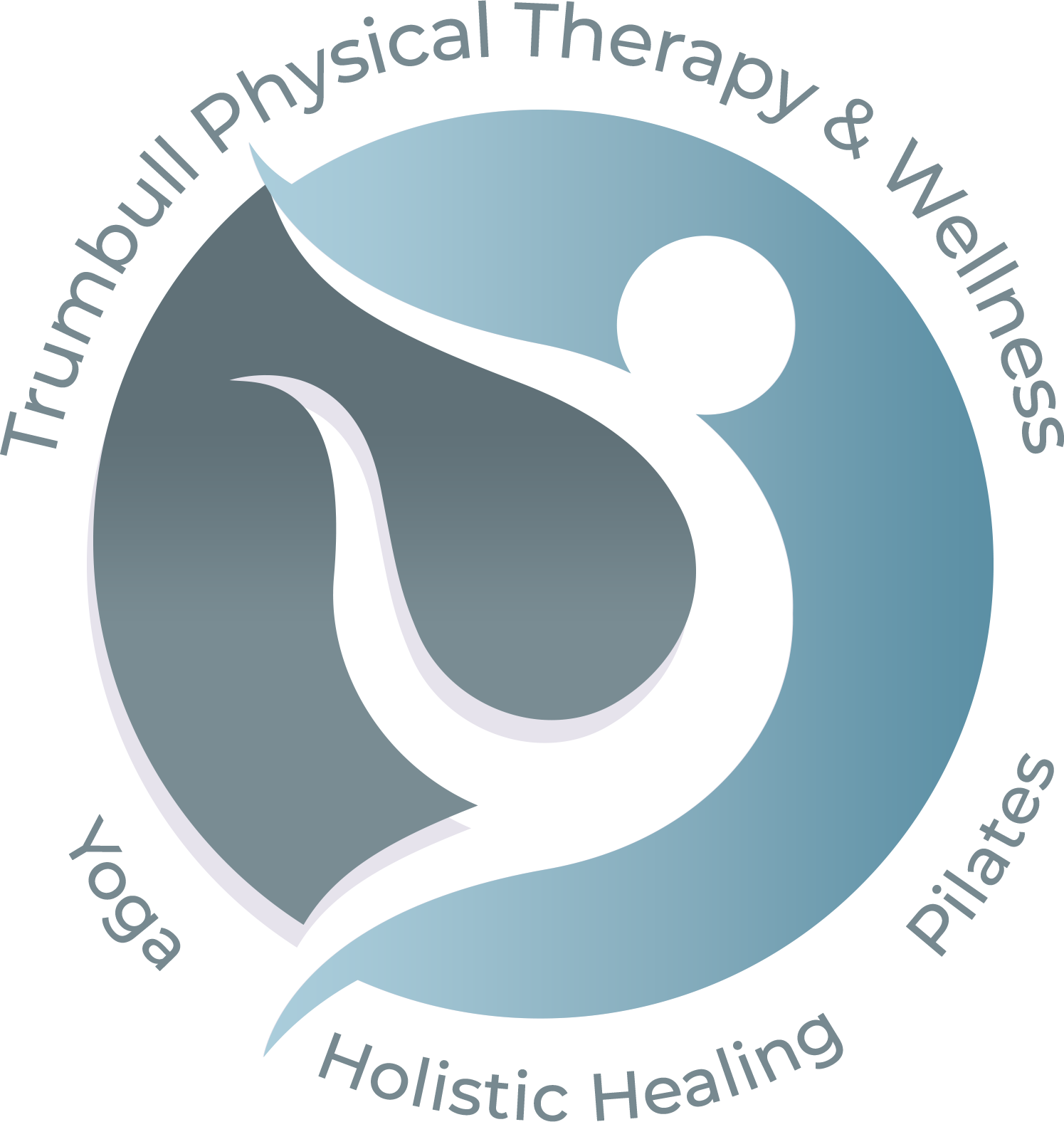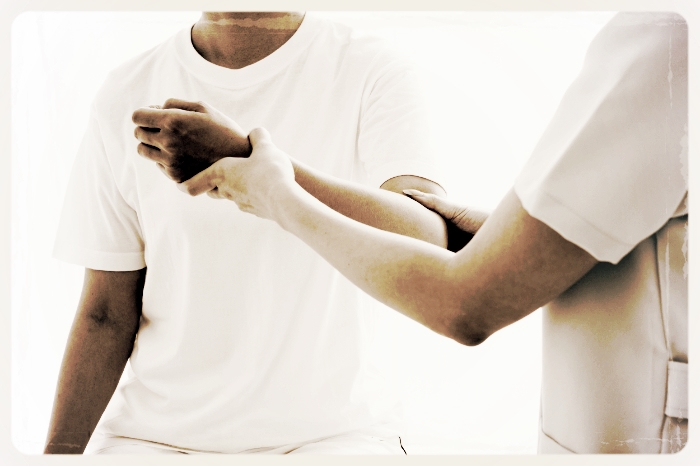Physical Therapy
Meet our Physical Therapists:
Anne Wolf, MSPT ~ Jennifer Iannucci, MSPT ~ John Alegi, PT ~ Maggie Drury, PT, MA
Discover your path to recovery with a combination of traditional and alternative techniques to ensure lasting results.
What makes our practice unique:
Individualized treatment
A relaxing environment
Addressing mind and body remedies to promote total well-being and energy flow
A combination of medically based protocols with complementary alternative techniques
Description of Services
Manual Therapy The application of mobilization techniques to help restore optimal alignment of the joints and maximize range of motion. The term manual therapy encompasses many therapeutic techniques such as soft tissue mobilization, myofascial release, integrated manual therapy, visceral mobilization, craniosacral therapy, joint mobilization, muscle energy, strain counterstrain, trigger point release and more.
Craniosacral Therapy The craniosacral system includes the bones of the skull down to the tailbone which enclose the brain and spinal cord. This gentle technique helps to balance flow of fluid that surrounds and protects the brain and spinal cord. The object is to find areas of restriction and to re-establish normal movement which may potentially influence the entire nervous system.
Vestibular Therapy for Vertigo/Dizziness A comprehensive assessment of your entire vestibular system will differentiate between damage to the inner ear, brain (including migraines), structures in the neck, and rule out dizziness from any other source in the body. Therapy will depend on the source of your dizziness and will vary from manual treatment, exercise, vestibular therapy, oculomotor training, balance training, BPPV (crystal) repositioning, and habituation.
Concussion A complex injury to the brain, with varying degrees of injury and symptoms. Less severe concussions may recover in a couple weeks with the right management, however, multiple concussions can take months or longer. It is important that the physical therapy assessment include evaluation of several systems in the body, including: the brain, the inner ear (which can be concussed as well as the brain), oculomotor function (which can contribute to headaches and difficulty reading), and the neck (which can perpetuate dizziness, headaches and pain). Therapy will vary from manual treatment (including craniosacral therapy) to oculomotor training, vestibular/balance therapy, and return to play exercise with cardiovascular progression.
Manual Lymphatic Drainage (MLD) A soothing technique that stimulates lymph circulation. The lymphatic system works to cleanse and purify the body. When the lymphatics are facilitated with MLD the body's ability to heal and reduce edema is accelerated. MLD is part of a treatment for lymphedema called Complete Decongestive Physiotherapy. Additional components of this program include compression, exercise, and skin care.
Myofasical Release A gentle, hands-on form of treatment that releases restrictions in the body's connective tissue. Fascia surrounds the muscle, bone, nerve, blood vessel and organs of the body. Any kind of restriction of the fascial tissue can bind structures and cause pain. By applying a gentle, sustained pressure the connective tissue unwinds, pain can be alleviated and mobility restored.
Acupressure This technique involves the application of specific manual contact to acupuncture points. Pressure on certain points on the body releases blockages, balances energy, and increases the circulation of blood and fluids to all areas of the body. It also relieves pain and promotes healing.
Reiki The practice was developed by Dr. Mikao Usui of Kyoto, Japan. The word, Reiki, is the Japanese word for Universal Life Energy. The trained practitioner is able to give "life energy" to the client to enhance the body's natural healing process. This helps to reestablish a physical, emotional, and spiritual balance. Reiki is often used as a complementary treatment to standard medical care.
Healing Touch An energy therapy where the practitioner uses his/her hands in an intentional way to facilitate physical, emotional, mental and spiritual health. The practitioner will use his/her hands to clear and balance the environmental energy fields and promote healing.
Balance Impairment Requires a thorough evaluation, including: sensation, strength, vision, vestibular inner ear function, and the brain. Once the source of the balance problem is determined, therapy focuses on improving each system involved for maximum safety and stability.
Balancewear Vest Assessment A Balancewear vest assessment may be considered based on the balance impairment assessment. Using a weighted vest has been proven beneficial in normalizing gait stability. See www.motiontherapeutics.com website for more information.
Integrated Manual Therapy (IMT) An indirect approach using light touch developed by Sharon Weilselfish-Giamateo, PT. This type of treatment integrates multiple boby systems such as circulatory, visceral, lymphatics, nerve, autonomic, digestive, reproductive, cranial and musculoskeletal. Using a variety of techniques the practitioner can improve circulation and promote healing. This approach addressed the root of the physical problem not just the symptoms.
Exercise Prescription After a complete evaluation of musculoskeletal system, the therapist will be able to instruct the client on specific exercises that will help correct muscle imbalances and support the body more efficiently.
Core Stabilization This treatment approach involves strengthening the lower abdominal region to support the lower back. With personal one on one attention, the client learns fundamental trunk control that is specific to their needs. This will safely prepare them for more advanced stabilization classes such as pilates.
Women's Health Issues A specific combination of soft tissue techniques and exercises are prescribed to help with pelvic pain, incontinence and breast care post mastectomy.
Aquatic Exercise Exercising in the water offers so many benefits. The low weight bearing environment reduces stress on the joints and the water's natural hydrostatic pressure helps to reduce swelling. Movements in the water can be progressive based on speed for resistance and strengthening. It is an excellent means for endurance and strength training while minimizing stress to the joints.

